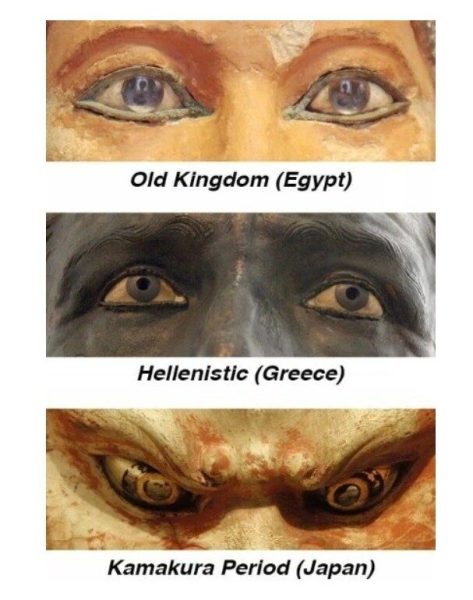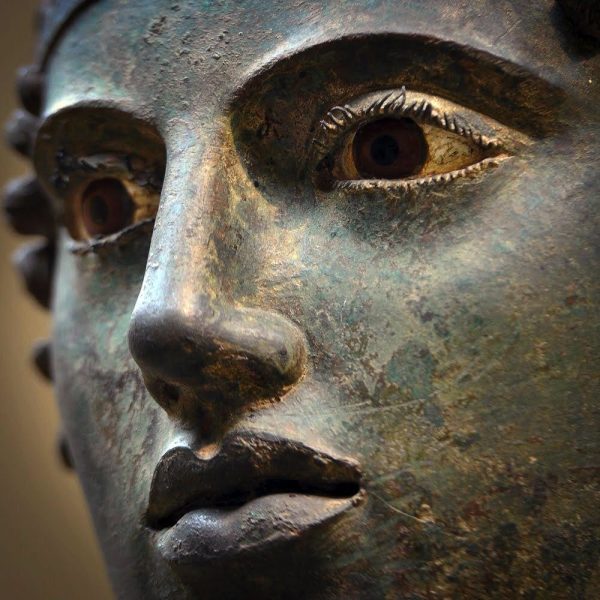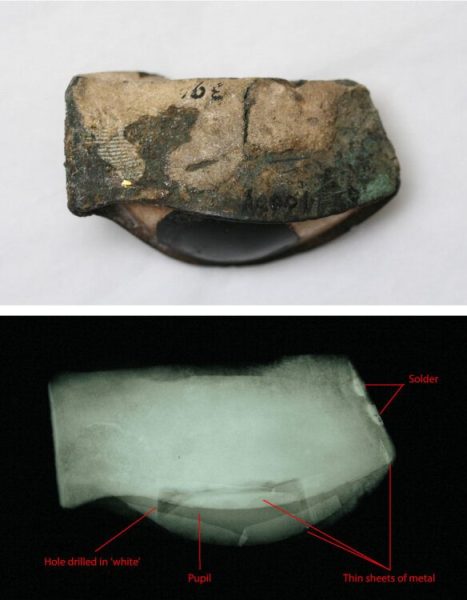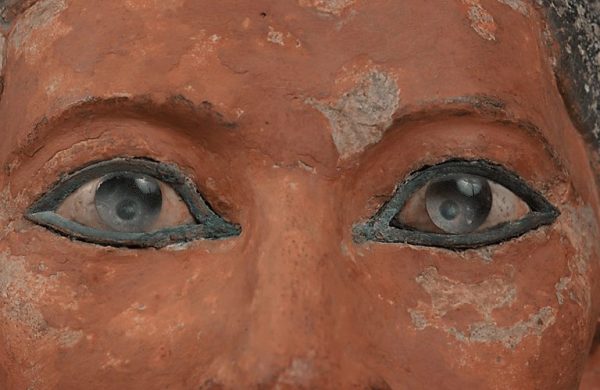
Sculptures have long captivated humanity with their ability to transcend time and bring forth stories of ancient civilizations. Among the myriad of techniques used by sculptors throughout history, the art of crafting lifelike eyes stands out as a testament to human ingenuity and artistic innovation. From ancient Greece to the Middle Ages, the history behind these piercing gazes is a fascinating tale that spans centuries.
Ancient cultures, including the revered Ancient Greeks, pioneered the use of inlaid eyes to imbue their sculptures with a sense of vitality and realism. Employing a meticulous process, artisans would assemble eyes using materials such as copper, glass, and shell, anchoring them from within the hollowed bronze heads of their masterpieces.

This practice allowed for the creation of sculptures that transcended the limitations of monochromatic bronze, breathing life into their subjects with vibrant, expressive eyes.
The art of inlaying eyes into bronze sculptures was not limited to ancient Greece alone. Across various cultures and time periods, inlays adorned a diverse array of bronze objects, including weapons, armor, vessels, jewelry, and figural sculptures. These intricate embellishments served to enliven sculptural forms, infusing them with symbolic significance and, perhaps, even a touch of magic.
One particularly fascinating example of this ancient technique is found in a Late Geometric statuette housed at the Metropolitan Museum of Art.

This exquisite piece features a man and a centaur, with the eyes of the man adorned with silver inlays, contrasting with the iron-rich inlays of the centaur’s eyes. This nuanced use of different materials highlights the meticulous attention to detail and artistic craftsmanship inherent in ancient sculptural practices.
While the evidence of these colorful inlays often remains incomplete due to the passage of time, it is clear that a wide array of materials were utilized in the creation of lifelike eyes. Gold, silver, iron, bone, ivory, and amber were among the materials commonly employed, each adding its own unique texture and depth to the finished sculpture. Additionally, materials such as stone and shell were also likely utilized, further enriching the visual tapestry of ancient artworks.
As we delve deeper into the world of sculpture eye-crafting techniques, we uncover a rich tapestry of artistic innovation and cultural exchange.

From the meticulous craftsmanship of ancient Greek bronzesmiths to the intricate inlays adorning sculptures across diverse cultures, the history of sculptural eye-crafting techniques is a testament to the enduring legacy of human creativity and imagination.
In conclusion, the art of crafting lifelike eyes in sculptures is a timeless tradition that has transcended cultures and civilizations throughout history.

From the ancient Greeks to the Middle Ages and beyond, the intricate techniques used to bring sculptures to life continue to fascinate and inspire us, offering a glimpse into the artistic prowess of our ancestors and the enduring beauty of their creations.





